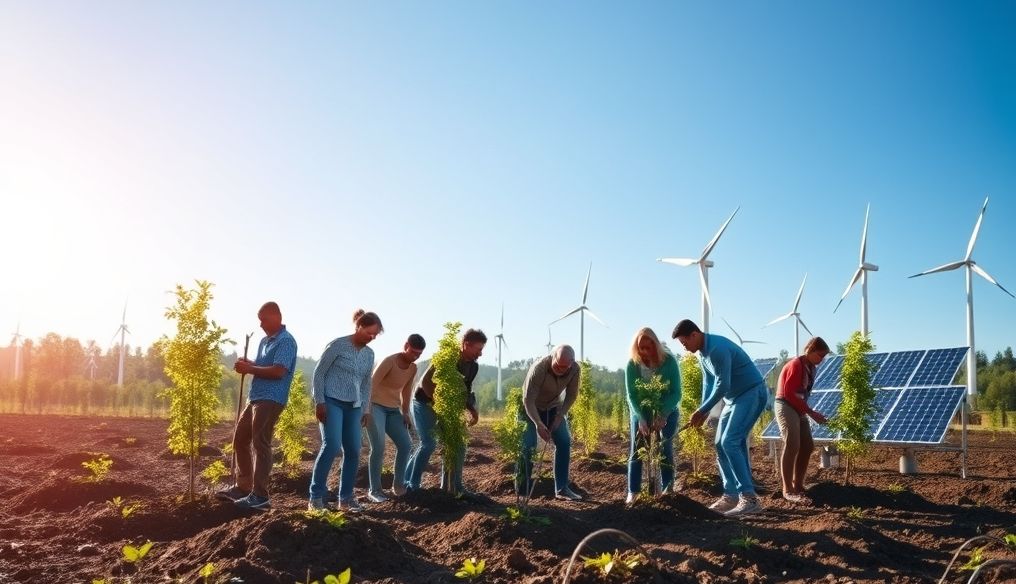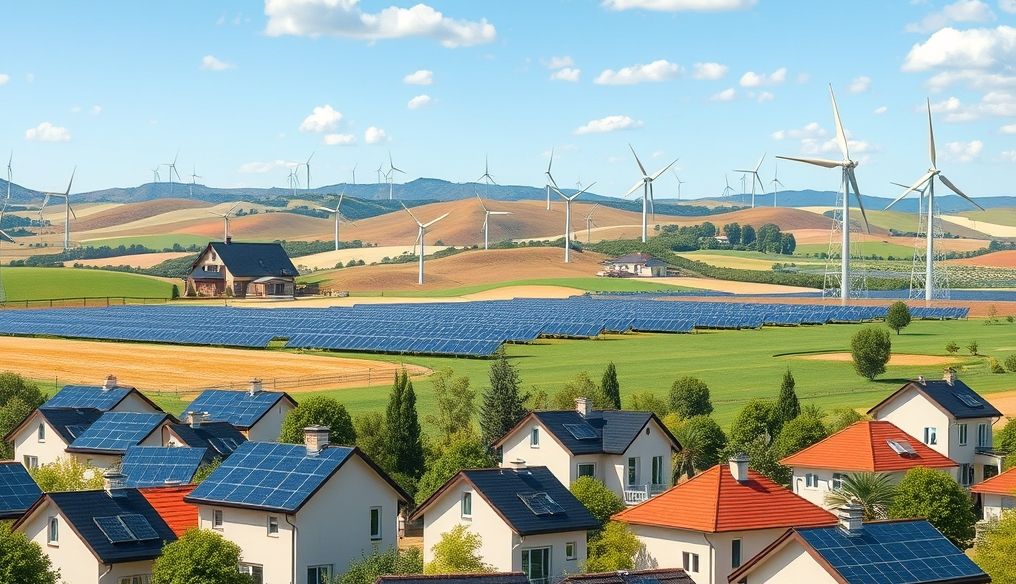Can We Really Reverse Climate Change? And What Steps Are Needed to Achieve It?
Climate change is an undeniable reality, and its effects are becoming more apparent every day. From rising temperatures to floods and droughts, our planet faces significant challenges. But the question that arises: Can we reverse this destructive change? The answer, fortunately, is yes, but it requires concerted efforts and radical changes in our behavior and lifestyle.
Chapter 1: Understanding Climate Change and Its Effects
What is Climate Change?
Climate change is a long-term shift in temperature and weather patterns. Although these shifts can be natural, the rate of current changes is unprecedented and is mainly attributed to human activities, especially the burning of fossil fuels.
Effects of Climate Change
- Rising Global Temperatures: Leads to melting glaciers and rising sea levels.
- Changes in Weather Patterns: Increase in the intensity and frequency of extreme weather events such as hurricanes, floods, and droughts.
- Impacts on Ecosystems: Loss of biodiversity and the threat of extinction to animal and plant species.
- Economic and Social Impacts: Shortage of water and food resources, and an increase in migration and conflicts.
Chapter 2: Sources of Greenhouse Gas Emissions
Fossil Fuels
Burning coal, oil, and natural gas is the primary source of carbon dioxide emissions, which is the most impactful greenhouse gas.
Agriculture
Agriculture contributes to methane and nitrous oxide emissions, especially through animal husbandry and the use of fertilizers.
Deforestation
Deforestation leads to the release of carbon stored in trees into the atmosphere, in addition to reducing the ability of forests to absorb carbon dioxide.
Industry
Some heavy industries, such as cement and steel production, contribute to significant greenhouse gas emissions.
Chapter 3: Strategies for Mitigating Climate Change
Transition to Renewable Energy
Investing in renewable energy sources such as solar, wind, hydro, and geothermal energy is the best solution to reduce dependence on fossil fuels.
Energy Efficiency
Improving energy efficiency in buildings, transportation, and industry can significantly reduce energy consumption and thus greenhouse gas emissions.
Sustainable Agriculture
Adopting sustainable agricultural practices such as organic farming and better soil management can reduce greenhouse gas emissions from agriculture.
Forest Management
Protecting existing forests and planting new trees can increase the ability of forests to absorb carbon dioxide.
Chapter 4: Technologies for Reversing Climate Change
Carbon Capture and Storage (CCS)
This technology involves capturing carbon dioxide from emission sources and storing it underground to prevent it from reaching the atmosphere.
Carbon Dioxide Removal (CDR)
This technology involves removing carbon dioxide directly from the atmosphere, using methods such as large-scale afforestation or advanced technologies such as Direct Air Capture (DAC).
Solar Radiation Management (SRM)
This technology involves reflecting a small portion of sunlight back into space to reduce the amount of solar energy absorbed by the Earth. However, this technology is controversial due to potential unknown risks.
Chapter 5: The Role of Individuals in Combating Climate Change
Reduce Energy Consumption
Individuals can reduce energy consumption by using energy-efficient appliances, turning off lights when leaving a room, and using public transport or bicycles instead of cars.
Reduce Waste
Individuals can reduce waste by recycling, reusing, and reducing the consumption of products that generate a lot of waste.
Adopt a Sustainable Diet
Individuals can adopt a sustainable diet by reducing meat consumption and increasing the consumption of local and seasonal vegetables and fruits.
Support Sustainable Companies
Individuals can support companies that adopt sustainable practices by purchasing their products and services.
Chapter 6: The Role of Governments and International Organizations
Set Ambitious Climate Policies
Governments must set ambitious climate policies aimed at significantly reducing greenhouse gas emissions.
Invest in Research and Development
Governments should invest in research and development of new technologies that can help combat climate change.
Provide Financial Support to Developing Countries
Developed countries should provide financial support to developing countries to help them adapt to the effects of climate change and transition to a low-carbon economy.
Promote International Cooperation
Countries must cooperate closely to combat climate change, through international agreements such as the Paris Agreement.
Chapter 7: Challenges and Obstacles
Political and Economic Resistance
Efforts to combat climate change face resistance from some political and economic forces that benefit from the status quo.
High Cost of Clean Technologies
Some clean technologies are still very expensive, making it difficult for developing countries to adopt them.
Social and Behavioral Inertia
Combating climate change requires changes in behavior and lifestyle, which can be difficult for some individuals and communities.
Chapter 8: Hope for the Future
Despite the challenges, there are reasons to be optimistic. Clean technologies are developing rapidly and becoming cheaper, public awareness of climate change is increasing, and there is growing political will to take action.
Reversing climate change is not an easy task, but it is possible. By working together, we can build a sustainable future for generations to come.
Conclusion: Reversing climate change is possible, but it requires concerted efforts from individuals, governments, and international organizations. By transitioning to renewable energy, improving energy efficiency, adopting sustainable agricultural practices, and protecting forests, we can reduce greenhouse gas emissions and mitigate the effects of climate change.




